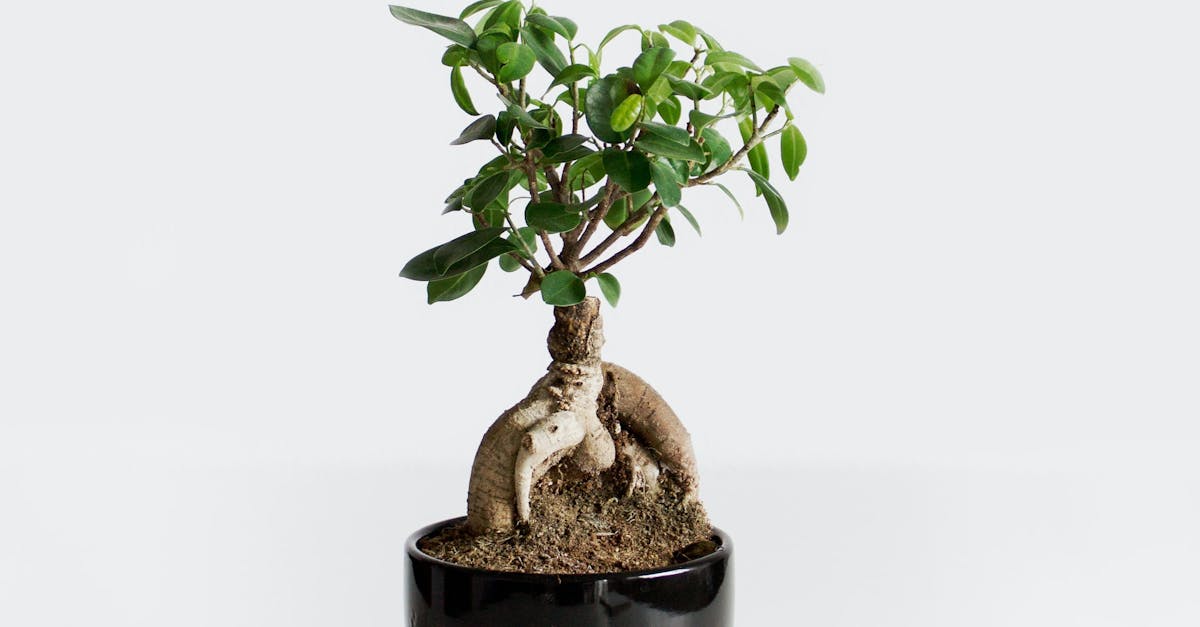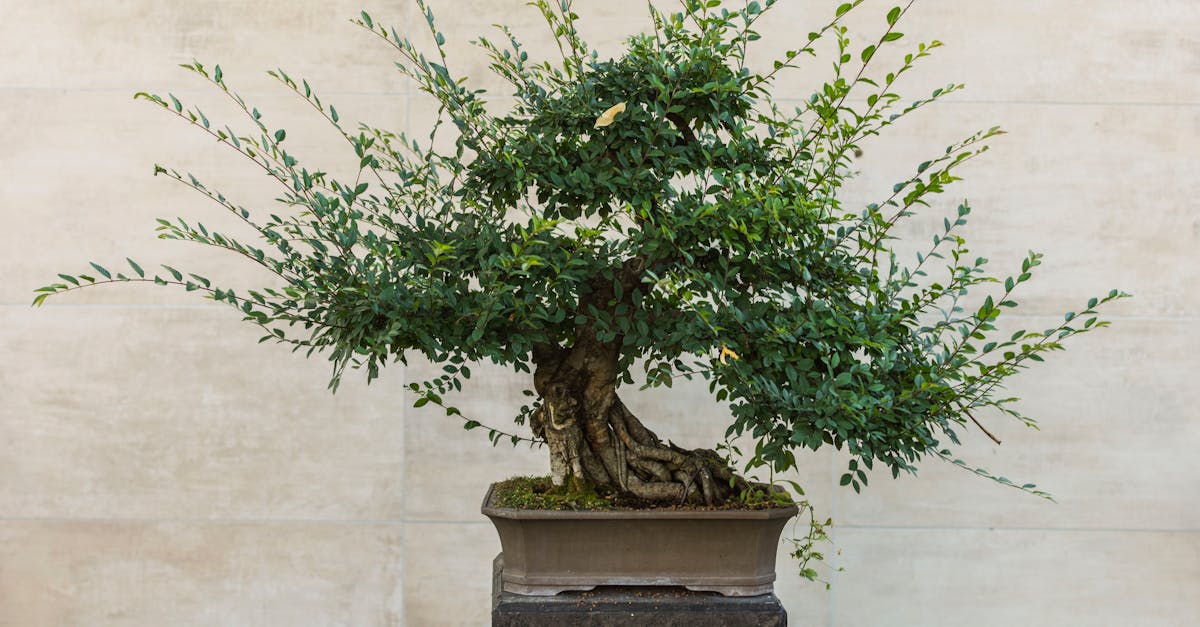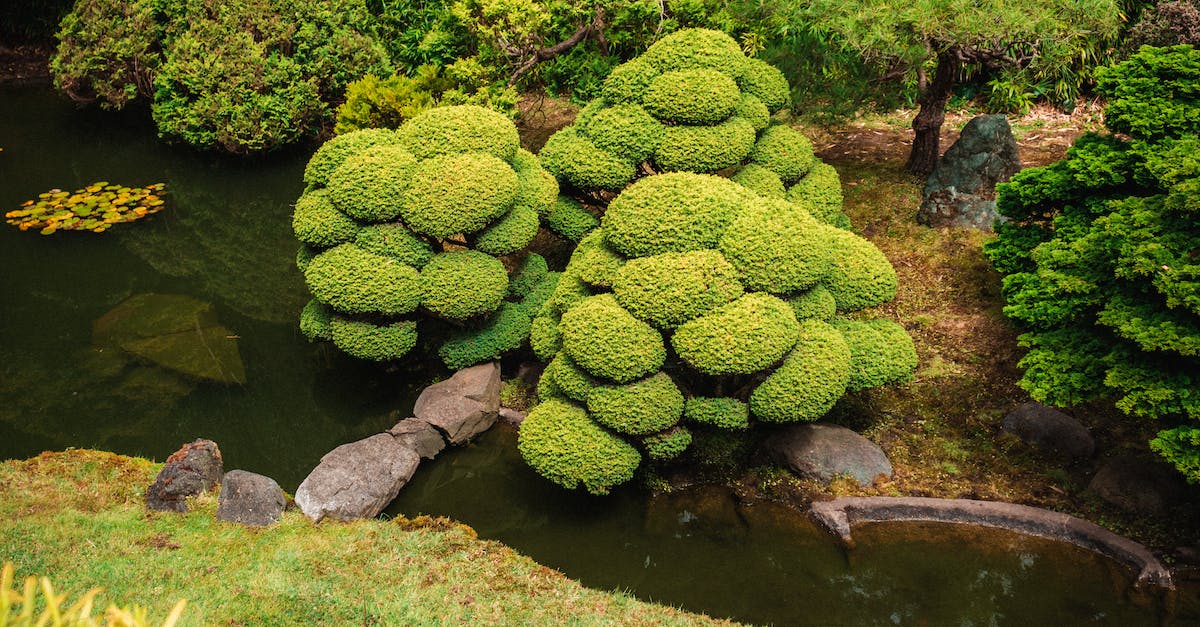The Art of Bonsai Pottery: A Journey into Form and Function
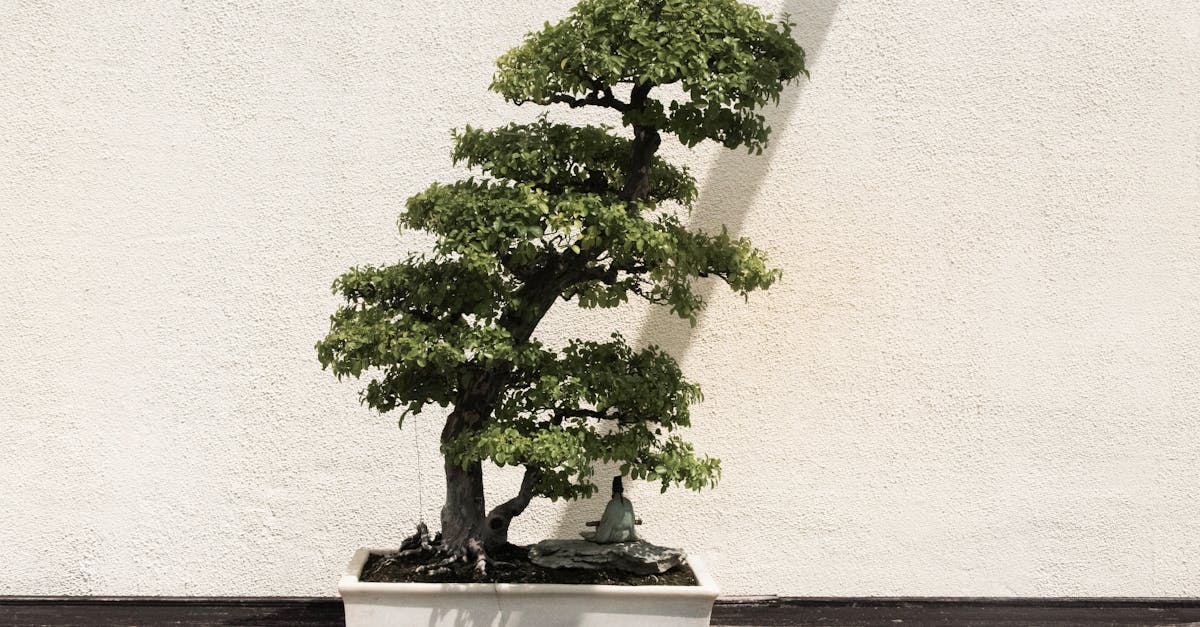
Bonsai, the ancient art of cultivating miniature trees in pots, is a captivating hobby that combines horticulture, aesthetics, and patience. At the heart of this art lies the bonsai pot, a crucial element that not only houses the tree but also influences its health, growth, and overall beauty.
In this comprehensive guide, we will embark on an in-depth exploration of bonsai pottery, delving into the intricacies of choosing and using the right pots for your miniature masterpieces. We will uncover the fundamental role of bonsai pots beyond mere containers, examining their impact on root development, water management, and the overall health and aesthetics of your bonsai. Furthermore, we will guide you through the nuances of selecting the ideal material, shape, and size for your specific tree species and growing conditions, ensuring optimal growth and visual appeal.
As we delve deeper into the topic, we will unravel the significance of adequate drainage in bonsai pots, exploring different drainage hole configurations and techniques to optimize water flow and prevent root rot. We will also provide additional considerations and tips to enhance your bonsai experience, including color, texture, personal preferences, pot placement, maintenance, and repotting techniques. Together, we will unravel the secrets of bonsai pottery, empowering you to create and nurture flourishing miniature landscapes that bring peace, tranquility, and beauty to your life.
1. Understanding the Role of Bonsai Pots
Bonsai pots serve a multitude of purposes beyond merely housing miniature trees. They play a crucial role in the overall health, development, and aesthetics of your bonsai.
At the heart of their functionality lies their impact on root development. The shape and size of the pot influence the root structure of the tree, guiding its growth and spread. A well-chosen pot provides ample space for root expansion while preventing overcrowding and root binding, which can stunt growth and lead to health issues. Proper root development is essential for nutrient uptake, water absorption, and the overall stability of the bonsai.
Furthermore, bonsai pots play a vital role in water management. The drainage holes in the pot allow excess water to escape, preventing waterlogging and root rot. The type of pot material also affects water retention and evaporation rates. Unglazed clay pots, for instance, are more porous and allow for better drainage and aeration, while glazed ceramic pots retain moisture more effectively. Understanding the water needs of your specific tree species and choosing a pot that complements those needs is crucial for maintaining a healthy root system and preventing water-related issues.
2. Choosing the Right Material

The choice of pot material for your bonsai is a crucial decision that can significantly impact the health and aesthetics of your miniature tree. Various materials offer unique characteristics, advantages, and disadvantages, making it essential to understand their suitability for different tree species and growing conditions.
Glazed ceramics, a popular choice for bonsai pots, are known for their durability, water retention, and ease of maintenance. The釉彩applied to these pots creates a non-porous surface that prevents water evaporation, making them ideal for species that prefer moist soil conditions. Glazed ceramics are also relatively easy to clean and maintain, making them a convenient option for bonsai enthusiasts. However, it’s important to note that glazed pots can be heavier than other materials, which may affect the stability of the bonsai.
Unglazed clay pots, on the other hand, are highly porous and allow for excellent drainage and aeration. This makes them particularly suitable for trees that require drier soil conditions, such as pines and junipers. Unglazed clay pots also develop a natural patina over time, which adds to the rustic charm of the bonsai. However, due to their porous nature, unglazed clay pots can dry out more quickly and may require more frequent watering.
Porcelain pots, known for their elegance and refinement, are a premium choice for bonsai. They are highly durable, non-porous, and resistant to fading, making them an excellent option for long-term use. Porcelain pots are also relatively lightweight, which can enhance the stability of the bonsai. However, they can be more expensive than other pot materials and may require careful handling due to their delicate nature.
3. Selecting the Ideal Shape and Size
When selecting the ideal shape and size for your bonsai pot, there are several key factors to consider. The proportions of the pot should complement the size and shape of the tree, both above and below the soil line. A well-balanced composition creates a harmonious and visually appealing overall effect.
The shape of the pot can influence root growth and stability. Round or oval pots encourage a more radial root spread, while rectangular or square pots promote a more compact root system. The depth of the pot should also be considered, as it affects the amount of soil available for root growth. Trees with larger root balls or those that require more moisture may benefit from deeper pots, while shallow pots are better suited for trees with smaller root systems or those that prefer drier conditions.
It’s important to assess the root ball size and growth habits of your tree to make appropriate choices. Overcrowding the roots in a pot that is too small can stunt growth and lead to health issues. Conversely, a pot that is too large can result in excessive soil moisture, which can also be detrimental to the tree’s health. By carefully considering the shape and size of the pot in relation to your tree’s specific needs, you can create an optimal environment for its continued growth and development.
4. Ensuring Proper Drainage
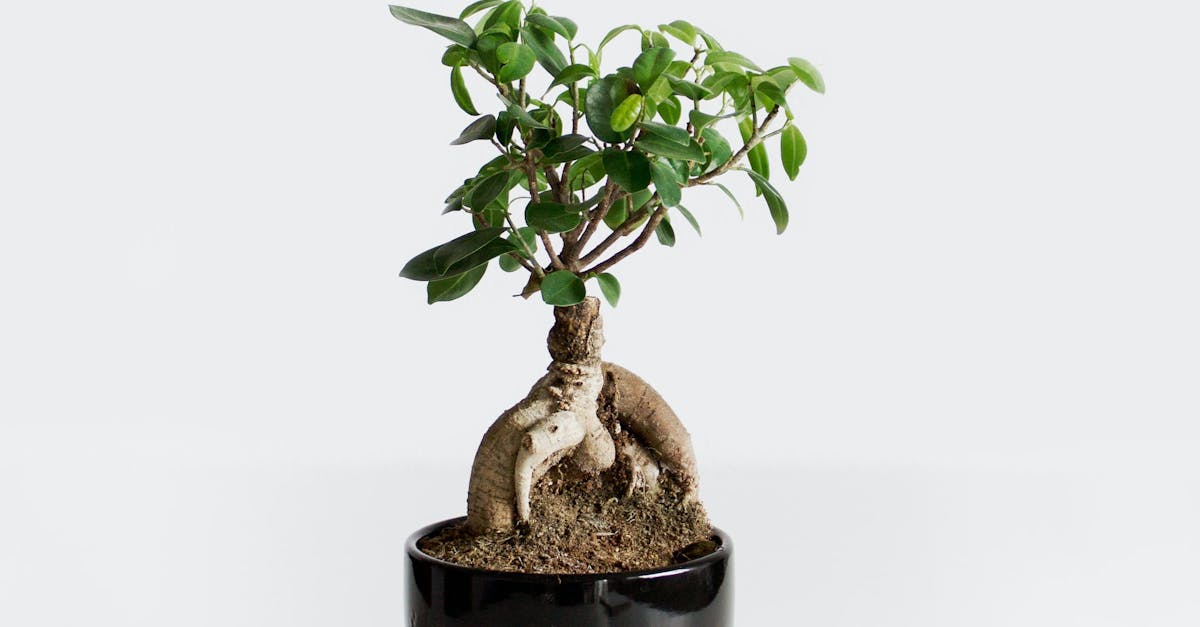
Proper drainage is crucial for maintaining the health and vitality of your bonsai tree. Bonsai pots typically have drainage holes in the bottom to allow excess water to escape, preventing waterlogging and root rot. The configuration and number of drainage holes can impact the drainage efficiency of the pot.
Single drainage holes may be sufficient for smaller pots, but multiple holes provide better drainage, especially for larger pots or trees that require more frequent watering. The size and shape of the holes also matter; larger holes allow for faster drainage, while smaller holes can help retain some moisture. Some bonsai enthusiasts create elevated stands or use pot feet to further improve drainage and prevent the pot from sitting directly in water.
It’s important to monitor your bonsai’s drainage and make adjustments as needed. If water is not draining properly, the soil may become waterlogged, leading to root rot and other health issues. Conversely, if the drainage is too fast, the soil may dry out too quickly, causing stress to the tree. By understanding the principles of proper drainage and implementing the appropriate techniques, you can ensure that your bonsai tree receives the optimal water flow for its specific needs.
5. Additional Considerations and Tips
In addition to the practical considerations discussed earlier, there are several other factors to consider when choosing bonsai pots. Color and texture play a significant role in the overall aesthetics of your bonsai composition. The color of the pot should complement the tree species, foliage, and overall style of the bonsai. Earthy tones such as brown, green, and terracotta are popular choices, as they blend harmoniously with the natural elements of the bonsai. The texture of the pot can add visual interest and depth to the composition. Glazed pots offer a smooth and glossy finish, while unglazed pots have a more rustic and textured appearance.
Pot placement is another important consideration. The pot should be positioned in a way that showcases the tree’s best features and creates a visually appealing composition. Consider the angle from which the bonsai will be viewed and adjust the pot placement accordingly. Proper maintenance of your bonsai pots is essential to ensure their longevity and functionality. Cleaning the pots regularly will prevent the accumulation of dirt and debris, which can affect drainage and the overall appearance of the pot. Repotting is another important aspect of bonsai care. As the tree grows and develops, it may need to be repotted into a larger pot to accommodate its expanding root system. Repotting should be done carefully to minimize root damage and ensure a smooth transition for the tree.
What is the most important factor to consider when choosing a bonsai pot?
The most important factor to consider when choosing a bonsai pot is its suitability for the specific tree species and growing conditions. This includes factors such as the size and shape of the root ball, the tree’s water and drainage needs, and the overall style and aesthetics of the bonsai.
How often should I repot my bonsai tree?
The frequency of repotting depends on the species of tree, its growth rate, and the size of the pot. Generally, young trees may need to be repotted every 1-2 years, while older trees may only need repotting every 3-5 years or even less frequently.
What are some tips for maintaining the health of my bonsai tree?
Here are a few tips for maintaining the health of your bonsai tree: – Water regularly, but avoid overwatering. – Fertilize monthly during the growing season. – Prune regularly to maintain the desired shape and size. – Protect from extreme temperatures and wind. – Repot when necessary to provide fresh soil and prevent rootbound conditions.

